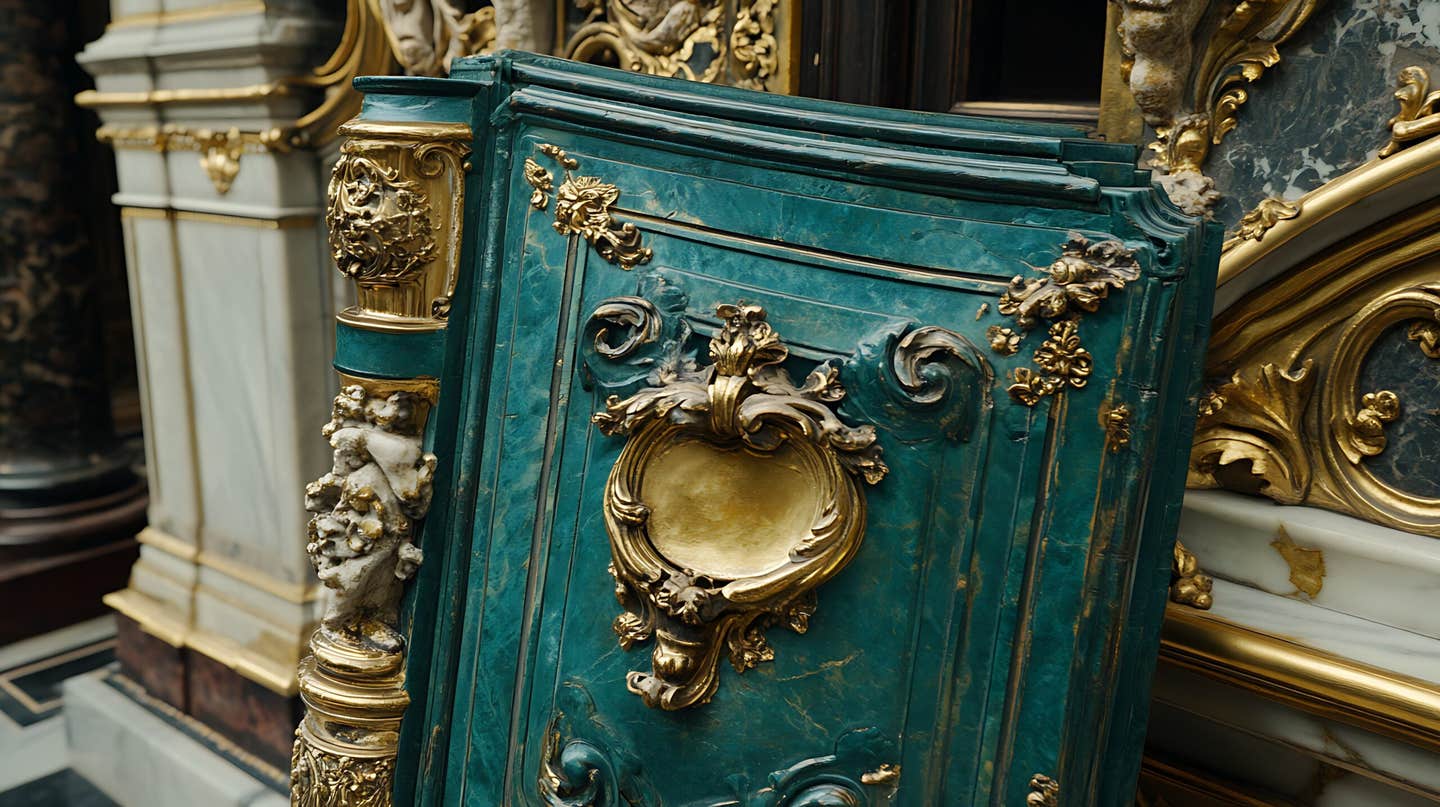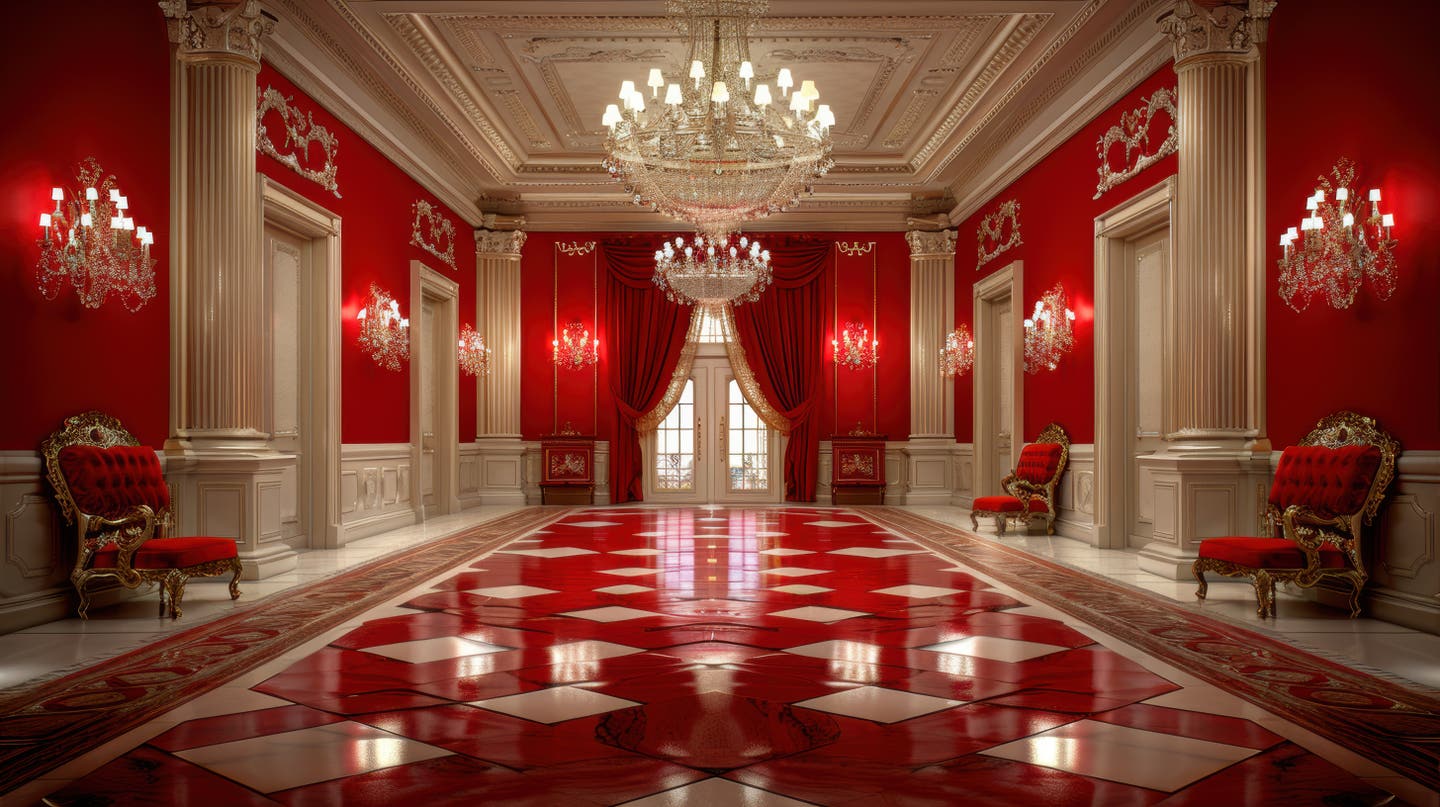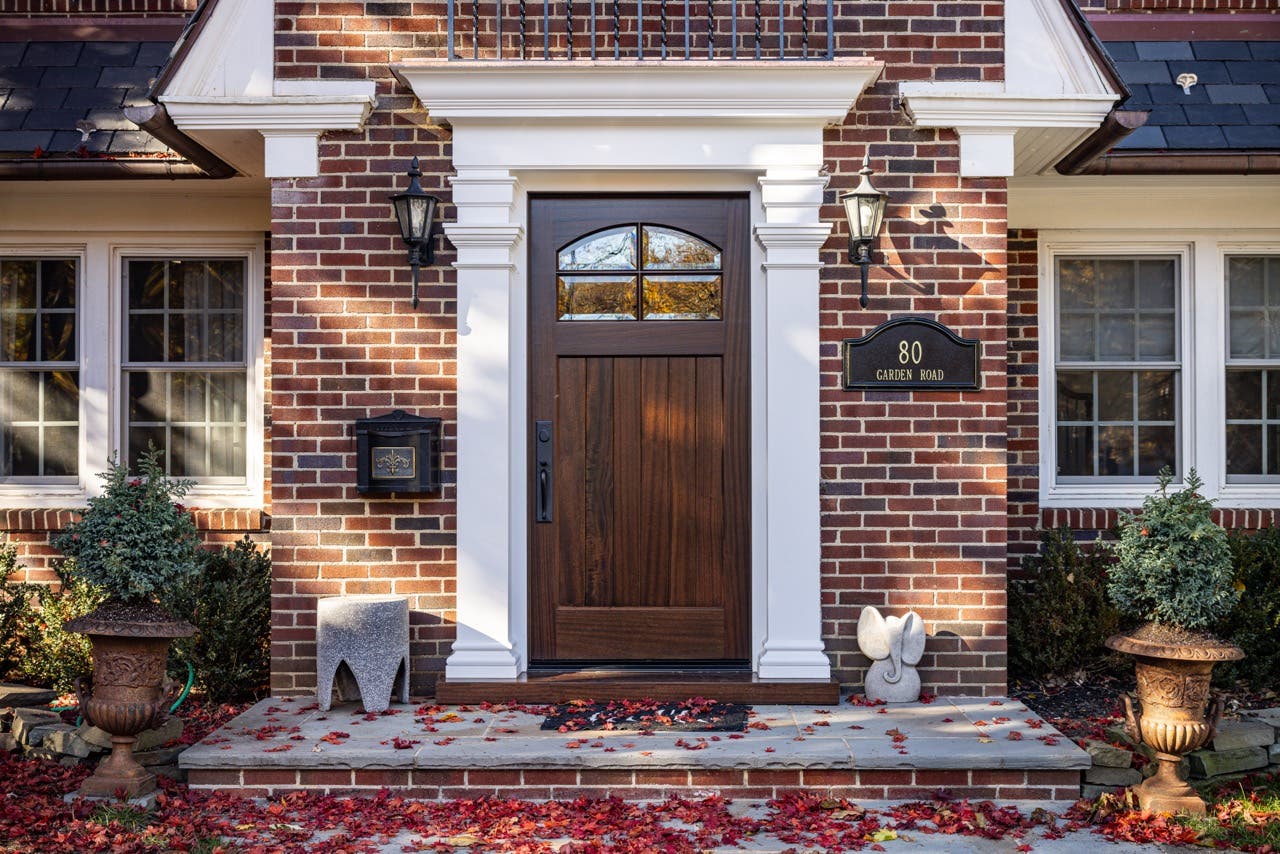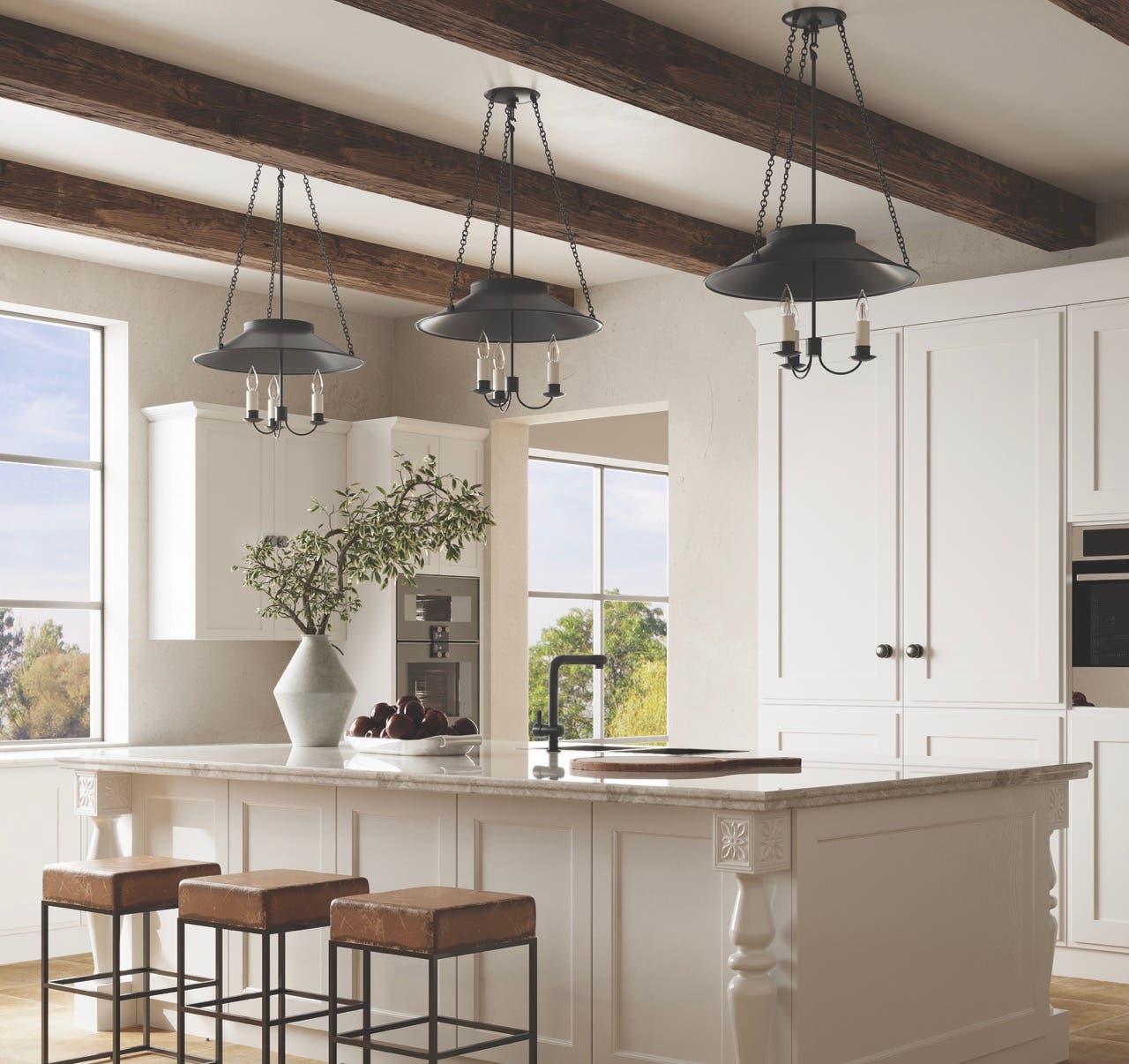
Product Reports
Marble Care & Repair
Marble is a metamorphic rock formed from limestone under heat and pressure. Typically, the process crystallizes the stone, overwriting some of the structure of the original rock. Marble’s color can range from whites to yellow, pink, green, gray, and brown reflecting the mineral impurities in the original limestone. Depending on the type of marble, bedding planes formed by the layering of the original sedimentary rock could remain. These are locations along which the stone is more brittle and can split.
Marble had been used for buildings starting with the Greeks and Romans. A more recent North American example is the U.S. Supreme Court House, with exterior walls in Vermont marble, inner courtyard walls in white Georgia marble, and interior walls and floors in cream-colored Alabama marble. The Court Chamber walls and friezes are built of ivory vein marble from Alicante, Spain, the borders on the floor are of Italian and African marble, while the columns are constructed from Old Convent Quarry Siena marble from Liguria, Italy.
Marble used as a bearing material is placed in units on a bed of mortar, similar to other stonework. Marble used as a facing material could be installed with daubs of gypsum plaster or could be attached additionally with wires into back-up masonry. For flooring, it is typically set in a mortar bed. Marble is also used as tub surrounds, countertops and other such uses, but it is very susceptible to staining.
Due to its inclusion of silica, cutting and shaping marble requires personal protection in the form of dust masks according to OSHA. The dust should be cleaned up through wet methods to avoid the spread of the dust.
Current Conservation Approach
While Marble is a stone, and therefore considered to be hard, it is actually delicate. It is porous, making it easy to stain, and permitting the stains to migrate deeply into the stone, especially with graffiti. When approaching any work on the stone, ensure all materials are non-staining (especially sealants).
Repairs
Before proceeding to a repair method, ensure that the phenomena, which caused the damage is determined and understood. Damage must be addressed holistically, to prevent undertaking repairs, which could cause further damage, or fail prematurely.
Where a piece of marble is broken off, it can be repaired by a dutchman. A dutchman is a piece of matching material with the same color and finish and profile, which is inserted into the base material, and epoxied in place. In cases or large repairs, it would also receive a stainless-steel anchor.
When a piece of marble cracks, it can be pinned with stainless steel anchors epoxied in place.
It is important that the stainless-steel is type 304 or 316, and that the epoxy is non-staining.
Consolidating
When marble is exposed to de-icing salts or to acid rain, the surface can become powdery with large open pores. There are commercial products available on the market for consolidation of the stone, but these should only be used by professionals with deep experience in this application. Ideally, icing salts should not be used near the base of stone walls to prevent this from happening.
Repointing
When repointing marble, the specific concern is how soft the marble is, relative to cutting tools. From the selection of the cutting tools, to the formulation of the mortar, please refer to the previously published pointing article https://www.traditionalbuilding.com/product-report/mortar-glue-that-binds.
Interior marble is typically installed in veneer thicknesses that do not use mortar in the traditional sense. In whatever manner it is secured, interior joints are typically very fine, and filled with Plaster of Paris. This material has no structural capacity but does keep dust and dirt out of the assembly and is ideally suited to the thin interior joints due to it fine grading and nonstaining qualities.
Polishing Marble
Many materials will etch marble, as explained above. Restoring a polished finish on marble is another repair that should only be attempted by professionals. There are mechanical grinders which can polish a surface smooth, using a range of wet dry abrasive paper with increasingly fine grit, starting at 80 and moving up to 400 or sometimes 600 for dark marble. Tin oxide or aluminum oxide can be used last for extra luster.
Cleaning
As with all cleaning of historic surfaces, sample clean a small area away from public view, to ensure that the cleaning method is appropriate.
The calcium carbonate in marble reacts with acids, releasing carbonic acid, which in turn breaks down into CO2 and H2O. Because of this inherent weakness, acidic cleaners or vinegar should never be used to clean marble. Even extremely dilute acids will etch the surface. For marble buildings, one of the greatest threats is acid rain, which will dissolve the stone irreparably.
For general soiling, use a nonionic detergent such as Ivory, applied with a natural or plastic bristle brush. Do not use steel wool or wire brushes, since micro particles of steel left behind will react with moisture to leave unwanted rust stains behind. For tougher stains, dilute ammonia will clean without lightening the stone. Do not use bleach, as it is an acid, which will dissolve the chemical bond of the stone.
Where stubborn stains remain, a poultice can be used. A poultice works like a facial for the stone. When the poultice is applied and covered with plastic, the cleaning solution migrates into the stone. After 24 hours, the plastic is removed. As the top surface of the poultice dries, the moisture is drawn out of the stone and into the poultice, carrying the stain or dirt with it in solution. As moisture evaporates, it deposits the dirt at the top of the poultice. Once dry, as evidenced by cracked and loose material, a plastic scraper can be used to remove the material, and dispose of environmentally.
The poultice substrate could use kaolin clay, fuller’s earth, whiting, diatomaceous earth or powdered chalk. It needs to be inert and colorless. It is mixed with the cleaning agent, which varies, based on the type of stain. For smoke, use baking soda. For oils stains, crayons and magic markers, try acetone or mineral spirits. For organic stains such as coffee, fruit juice and wine, try ammonia, or 20 percent hydrogen peroxide. Rust is one of the most difficult to remove. Start by wetting the area with sodium hydrosulphate solution, then a wet poultice containing sodium citrate. Whatever poultice mixture is used, apply it to the stain, and cover it with plastic to provide time for the liquid to penetrate the stone.
For larger exterior cleaning efforts, commercial products such as ProSoCo’s 942 Limestone and Marble cleaner are a wet-and-rinse method that could be tested for effectiveness.
Expensive, but very effective and gentle on marble, is laser cleaning, suitable for both interior and exterior cleaning.
Paint removal
Where marble has been painted, commercial gel strippers can be used with caution. Always use plastic or wooden scrapers to remove the paint sludge from the surface, to avoid damage to the substrate. Don’t use any acidic paint removers.
What not to do
There are a lot of commercially available plastic (as in can be molded) patches available on the market. These are not typically long-term repairs in an exterior environment, due to their unproven track record. They can be suitable for small interior repairs as they can be closely color matched and finely tooled.
Rock Types
The earth’s crust is 20 to 30 miles thick. It is made up of three types of rocks: igneous, sedimentary and metamorphic.
Igneous rock comes from the cooling of magma or lava from volcanoes. Magma is made fluid by the heat in the depths of the earth. When magma cools below the surface, it is called plutonic, such as granite. When the magma leaves the earth as lava, it is called volcanic, such as basalt. The earth’s crust is made up of 95 percent igneous rocks.
Sedimentary rocks are formed over millions of years when sediments drop out of water from rivers, lakes and glaciers. The particles form layers, which are pressed together (lithification) and chemically bonded (precipitation). Examples include sandstone and limestone. Sedimentary rocks have a layered stratum, referred to as bedding planes. The orientation of the bedding plane is influential in how quickly the stone weathers over time, when used in a building. Sedimentary rocks form in the top most layer of earth’s crust.
Metamorphic rocks are formed from heat and pressure exerted on other types of rocks. For example, limestone under pressure becomes marble. The heat and pressure change the initial rock by recrystallizing the minerals, forming them into another rock entirely, with different characteristics.
Susan D. Turner is a Canadian architect specializing in historic preservation of national registered buildings. She is the Senior Technical Architect for JLK, a woman-owned business specializing in the repair and preservation of historic buildings. She can be reached at sturner@jlkarch.com








